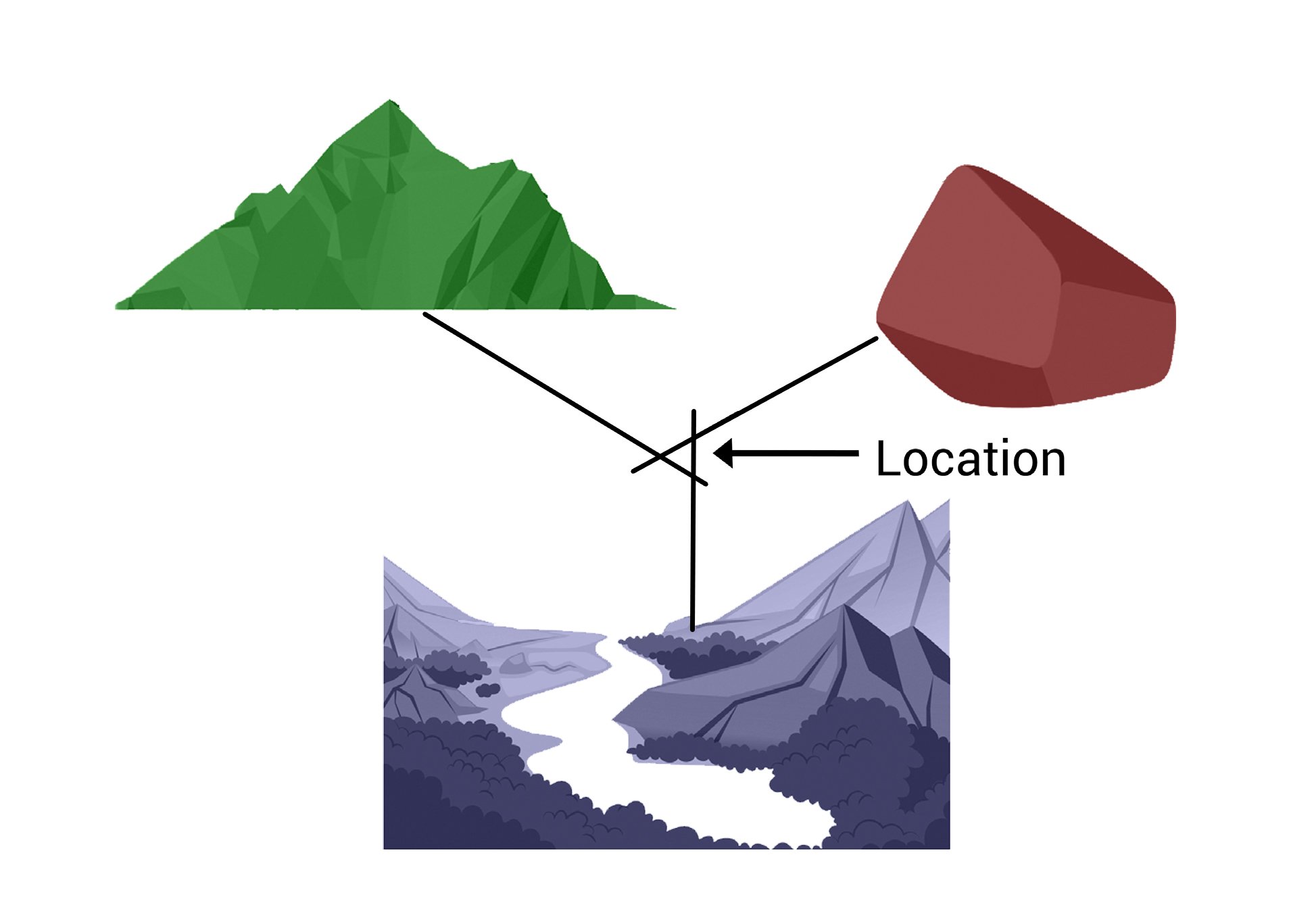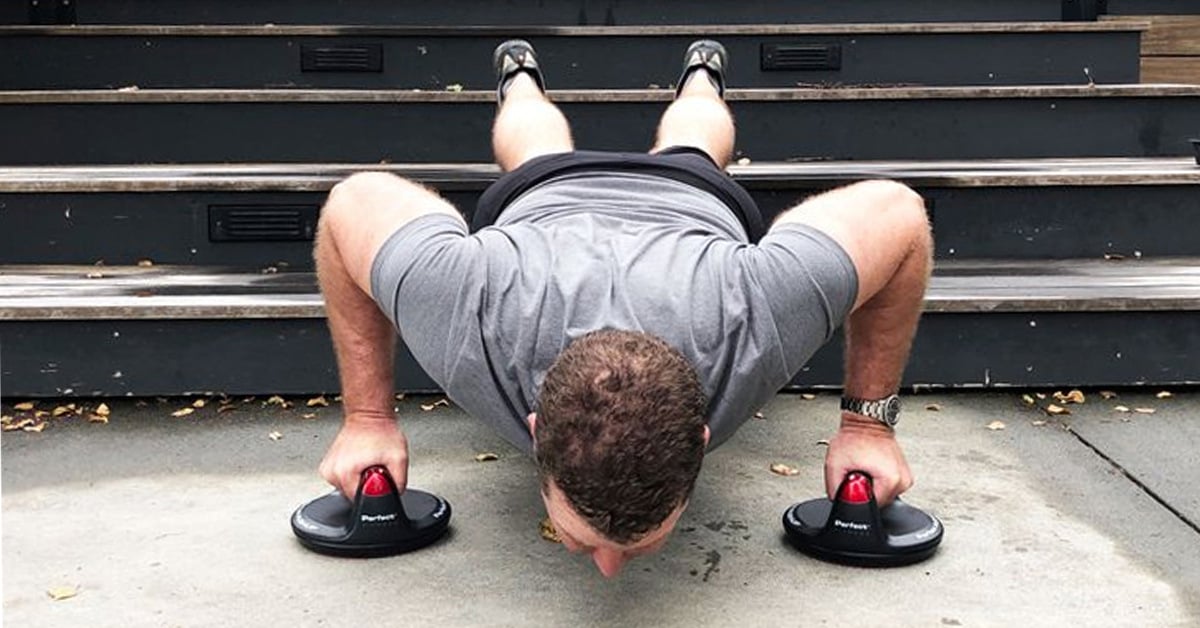In my previous post, “7 Traits of Unstoppable Teammates,” I talked about how no one person can do it all. Your job as a team builder and leader is to develop a team that embodies these seven traits, to direct the team’s focus, and to set an example of the behaviors that will drive the actions required to succeed. Sometimes, however, our own strengths and weaknesses and those of our team members are not obvious to us. That’s why relying on others to help you identify your strengths and weaknesses can be helpful. I call this triangulating, after the technique of land navigation that we learned during SEAL training (it’s also taught in wilderness survival classes). This approach is similar to qualitative research because it draws on multiple perspectives to uncover deeper insights.
When you’re lost in the woods, but have a map and a compass, you can triangulate to discover your position. As long as you can climb a tree or get to some other suitable vantage point, it’s simple. Locate three immovable objects around you that are plotted on the map, such as a mountain, a bend in a river, and a huge rock. Now use your compass to shoot a bearing from each object. Draw a line on your map representing each bearing of your compass, and you’ll notice that they form a small triangle where they intersect, hence the term triangulation. Your location is inside the triangle. This is congruent to triangulation methods used in research methods, where different inputs are combined to provide a more complete picture of reality, even though the process can be time consuming
This method for finding your location in the woods can be adapted to helping you discover your true skill. Here are the three steps:
Step One:
Find at least three people from three different environments of your life to give you honest feedback. Select people who will give it to you straight without fear of hurting your feelings. When you select these people, find one or two people each from your professional life, your personal life, and your community. Seek out one or two people from your personal life whom you can count on for no-holds-barred feedback. On the work front, find one or two colleagues who don’t directly report to you, but with whom you have worked or are working closely. This is a form of methodological triangulation because you are drawing feedback from diverse settings.
Step Two:
Ask them this question: “If you were counting on me to save your life, but I could only save it by using the one thing I am best at, how would I save you?” They should answer by giving you a verb, not a noun. You’re after the verb. What action are you best at—inspiring people, analyzing data, drawing pictures, coordinating a project, inventing a new idea, or . . . ? Get them focused on the one thing above all else that you are hands down the best at. The goal is to find “your” verb—the action that others view as your greatest strength. This example of method triangulation is where one idea is tested through multiple perspectives.
For a deeper exploration of perseverance and its role in uncovering your true strength, consider reading my article on The True Meaning of Perseverance.
Step Three:
Triangulate the feedback and look for similarities, commonalities, and patterns in it. Test the feedback against your own answers to these questions. Is there something in the feedback that rings true in your gut, not just your head? Does some portion of the feedback sound familiar to you? Have you heard it before? When you were younger, did people say of you, “He’s a natural leader,” or “What a gift he has for art,” or “She’s like a human computer doing complex math in her head”?
This exercise helps you identify your own talents and also the skills gaps you’ll need to fill with contributions from teammates. It gives you a mirror into your true strengths and weaknesses, and because you’re getting feedback from others who see you in action, the picture you get is truer to life than the one you might selectively present to yourself. Yes, you have to trust others to tell you what they’re seeing. Eventually you’ll see their honesty as a gift, because that “reflection” can dramatically improve your chances for success. There are different types of triangulation that go beyond simple feedback to provide stronger validation.
Learn More About Building Unstoppable Teams
Unstoppable Teams: The Four Essential Actions of High-Performance Leadership
Unstoppable Teams is the handbook for how to build care-based teams that will push people to achieve more than they ever thought possible. You can order your copy today!





